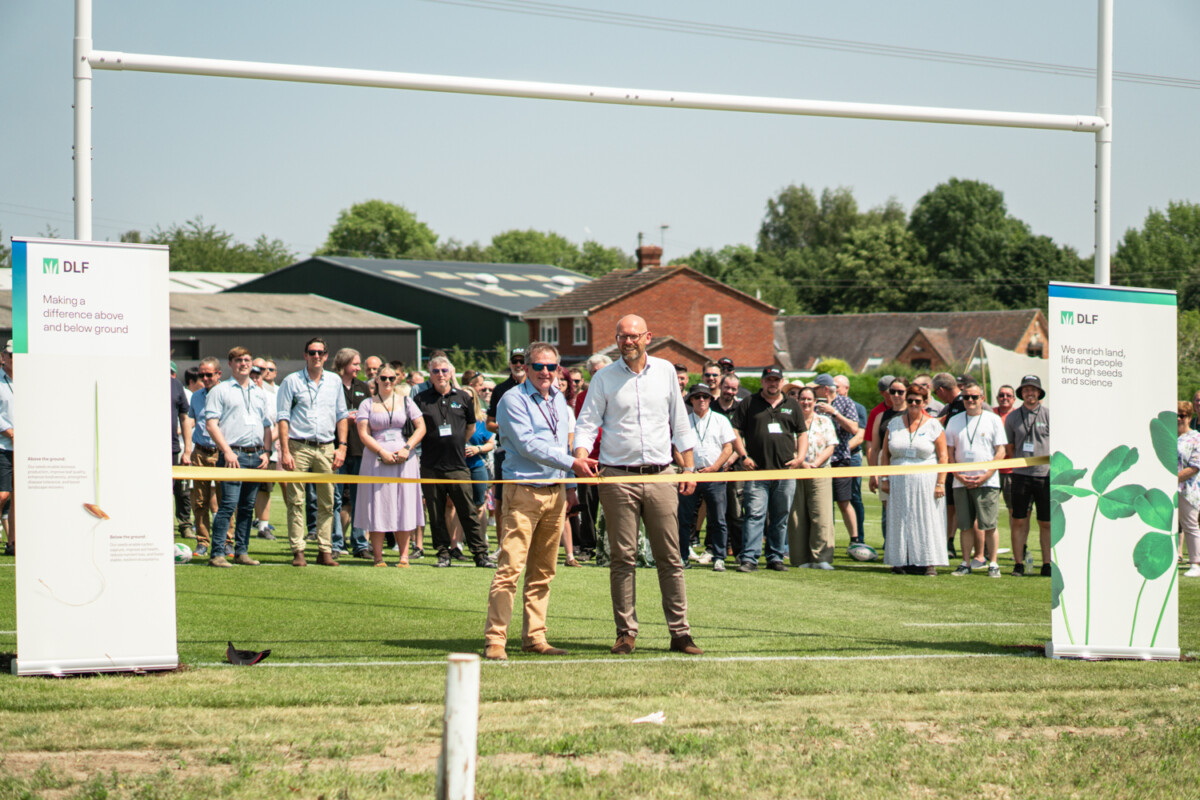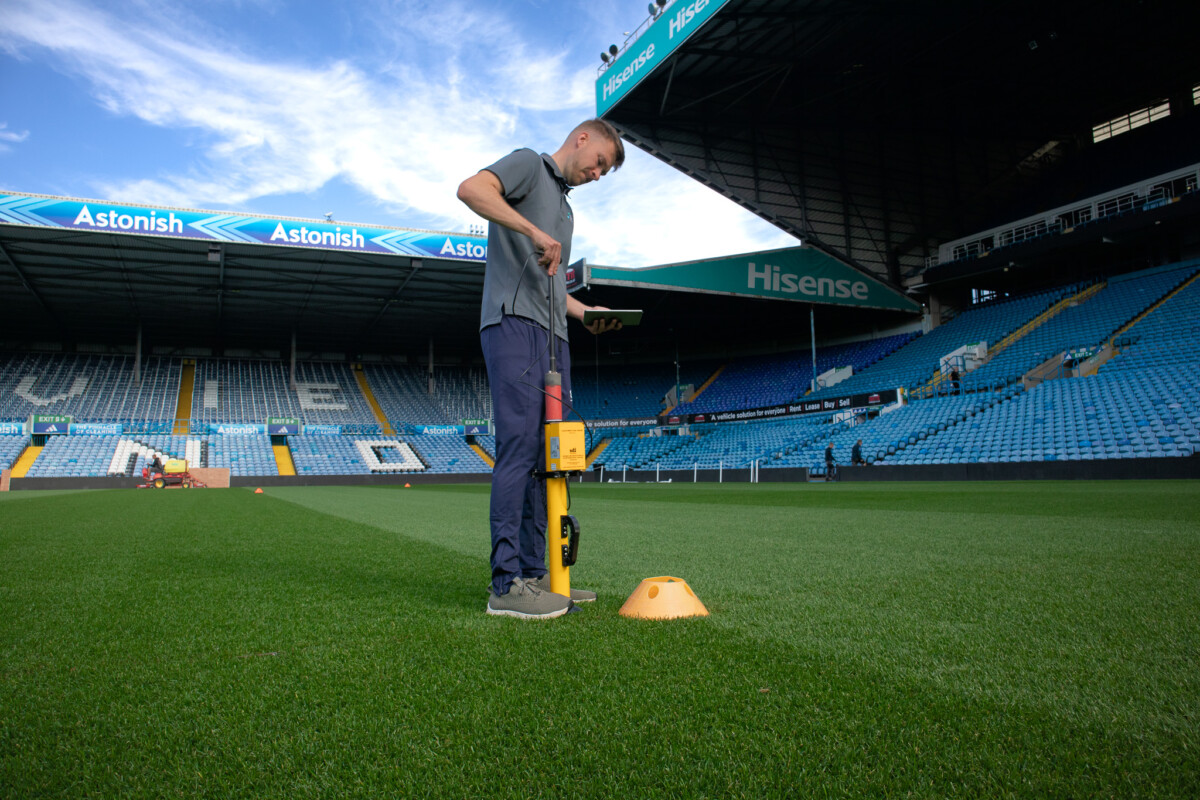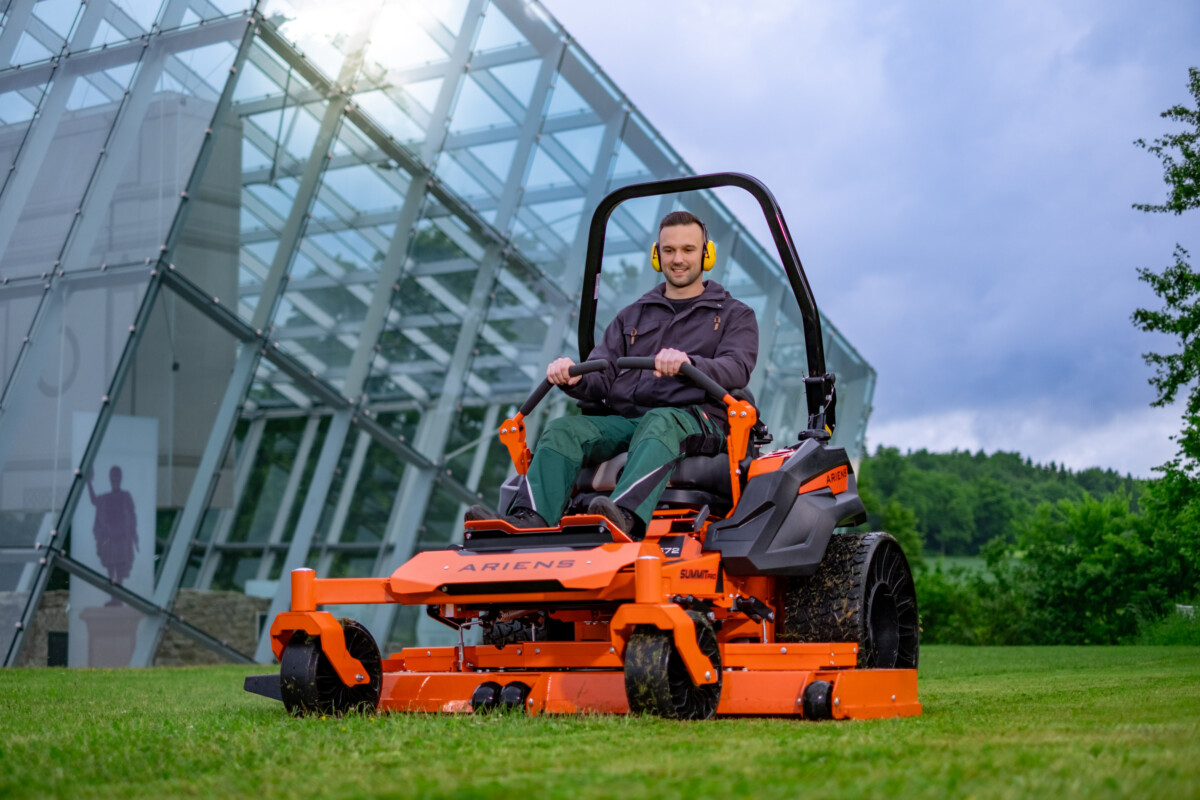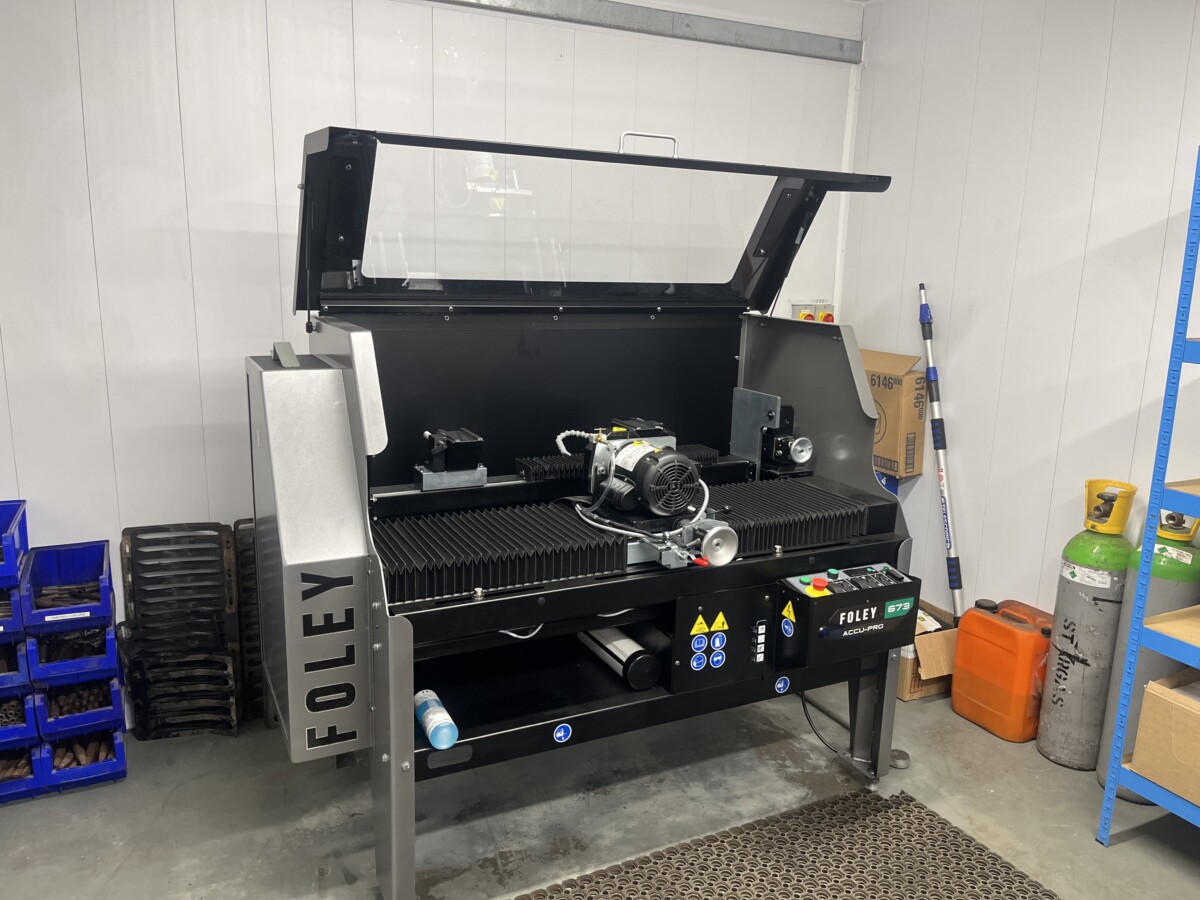Rise of the SuperBents: Germinal’s Paul Moreton explains that the latest generation of creeping bentgrasses are ideal for British greens thanks to their natural disease tolerance and ability to thrive in a range of climatic conditions.
The popularity of modern creeping bentgrasses – or ‘SuperBents’ as they are commonly referred to – is the result of an intensive breeding programme which led to the development of 007 DSB (named after the year it was released, 2007, not the fictional British Secret Service agent).

Rise of the SuperBents
Bred using genetics from 24 parent plants collected from old putting greens located in cooler, northern locations in the US, 007 DSB is the cultivar of choice on a number of courses which have hosted major golf tournaments in climates where winter temperatures average well below 0oC.
007 DSB has proven to be the perfect fit in these cool conditions, not only thanks to its fineness of leaf, fast rolling speed, enhanced disease resistance and low input requirements, but also because of its significantly shorter growing-in period which enables greenkeepers to quickly and easily produce a tournament-ready putting surface.
In contrast to previous creeping bents which were developed primarily to withstand close mowing, the new generation of SuperBents has been bred to be tolerant of lower inputs of N and water: the ability of varieties such as 007 DSB and more recently Tour Pro (GDE) to thrive without excessive inputs makes them ideally suited for use on UK courses where their vigorous lateral growth and persistence to very close mowing enables greenkeepers to utilise them on greens to outcompete Poa annua without the need to drastically change any cultural practices.
In the last few years, numerous UK clubs have successfully over-seeded their greens with 007 DSB and in doing so have created more aesthetically pleasing greens which, crucially, are naturally more resistant to both Anthracnose and Microdochium patch: an ever-increasingly important factor given the loss of curative fungicides such as Iprodione.
For these clubs, regular ‘preventative overseeding’ using a SuperBent has enabled them to introduce young, healthy and vibrant new growth into the sward and to boost the natural ability of their greens to resist disease in a cost-effective and sustainable way.
At Germinal, we saw the potential of these leading cultivars from a very early stage and have been leading the push to use SuperBents in the UK. At first the market for creeping bents remained relatively subdued due to a natural tendency for greenkeepers to be wary of making any significant changes and because older varieties were input-hungry and couldn’t perform to the level attained by the new generation.
Despite this initial market hesitancy, we stood by our decision to bring the likes of 007 DSB and TourPro (GDE) to the UK based on the knowledge that, put simply, they both possess traits which can help greenkeepers to manage their greens more efficiently and effectively.
The dated stigmas and false clichés about creeping bentgrasses being difficult and expensive to manage are no longer representative of the new generation. Similarly, the misconception that greens maintenance regimes will need to a total re-vamp to accommodate SuperBents is simply untrue.
In fact, a recent survey has shown that many users have reduced their nitrogen input since switching to SuperBents, with no requirement for any additional dethatching or greens grooming required to maintain the SuperBent sward.
The positive feedback from these clubs will hopefully give other course managers in the UK the confidence to introduce a creeping bent cultivar to their over-seeding regime, and thereby enable them to embrace the natural disease resistance of this new generation of cultivars.


























